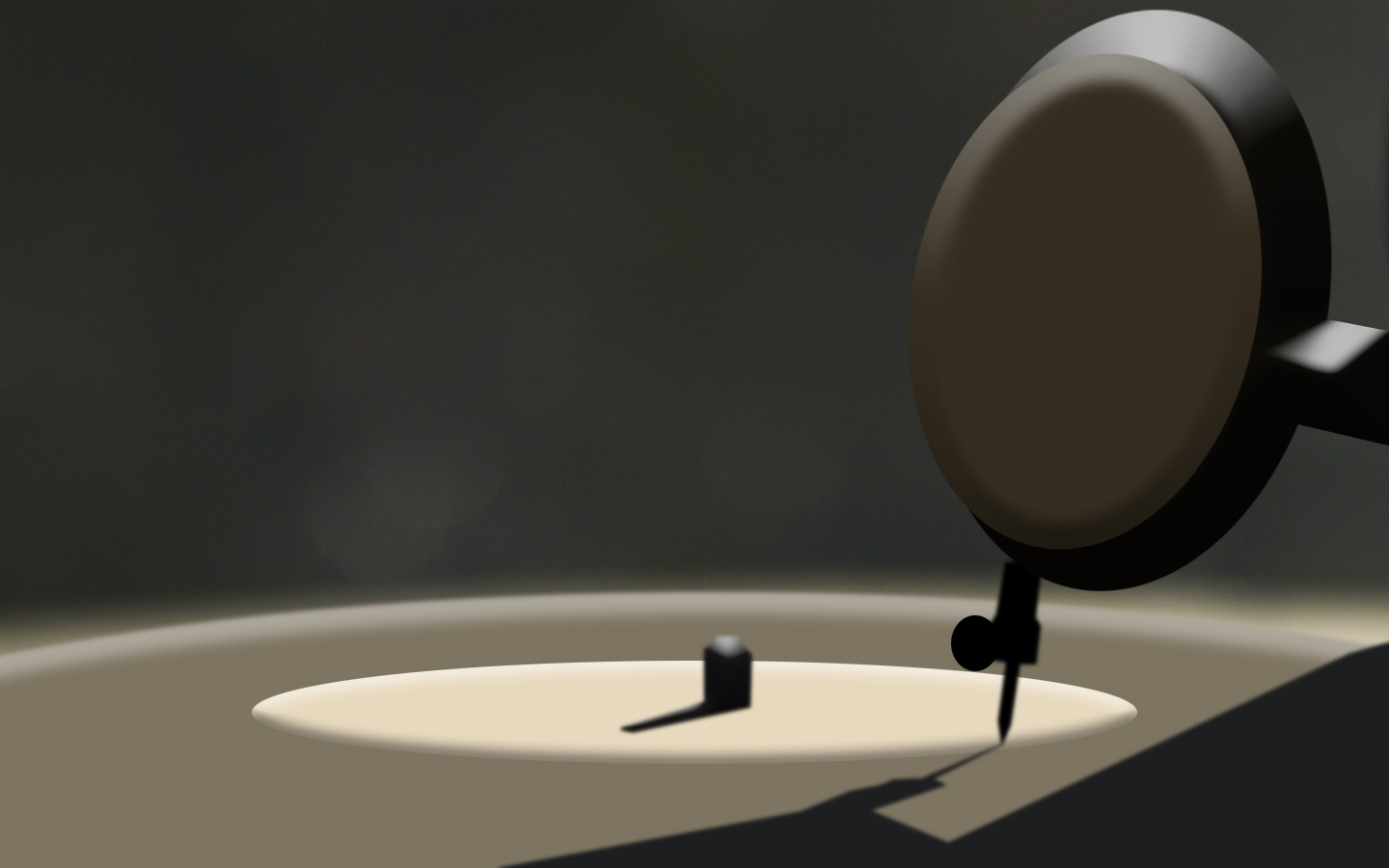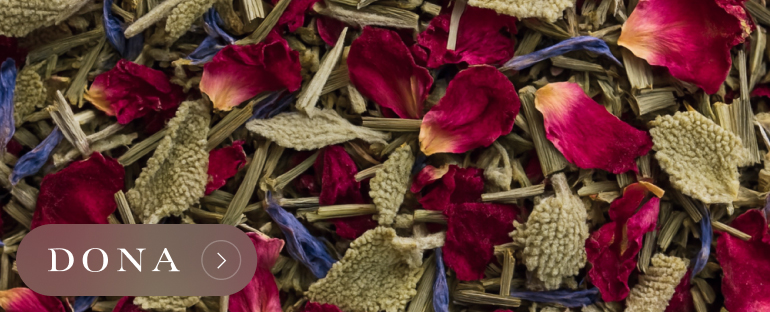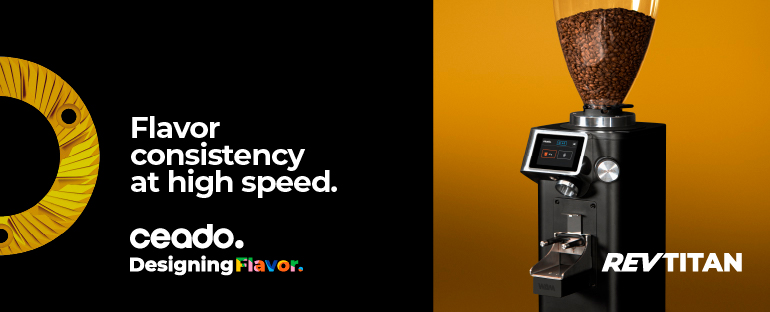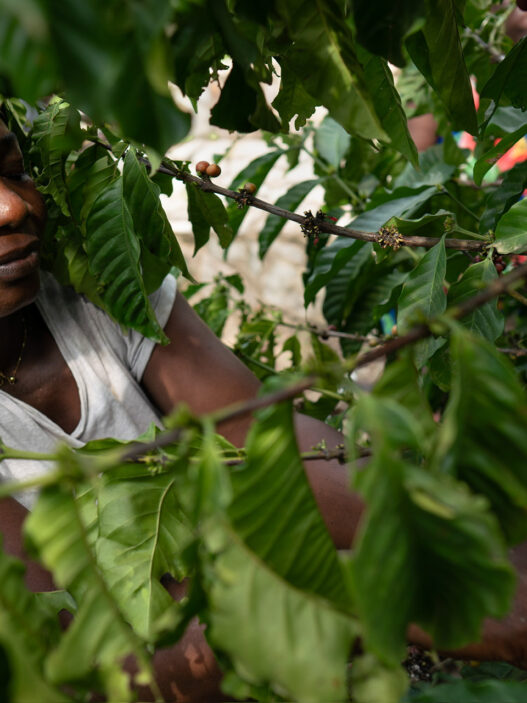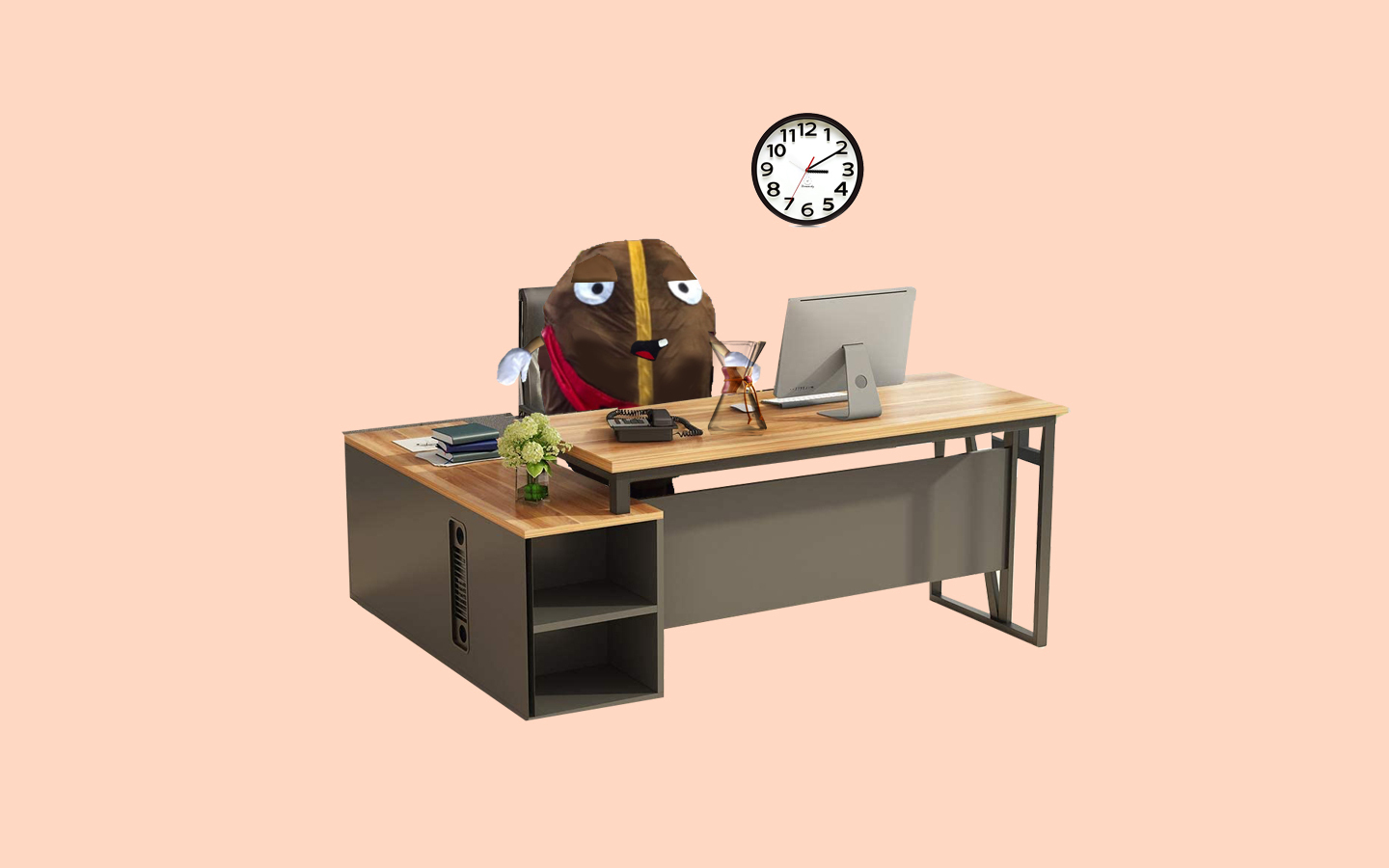The coffeehouse was first reported in Ginza, Tokyo, though past records also indicate that variations of it have been seen in Kyoto, Osaka, and Fukuoka. Visitors are always drawn by the smell of roasted coffee, which they follow down side streets to a quiet, narrow alleyway filled with cramped standing-only bars and hostess clubs, all of them in slumber as they wait for the hours of the evening to arrive.
In among this collection of shops is the coffeehouse itself. There is a little sign on the window showcasing its name—Kuromame Kissaten—and past it the light of a few dull lamps illuminating a charmingly old-fashioned interior. The place feels like a time warp, with its old wooden door and felt curtains behind partially stained glass windows. People say there is something quaint and charming about it; a feeling like discovering a pocket of respite.
The door to the coffeehouse is always locked. People who try to pull or push on it find it unwilling to budge. But for the curious, the ones who see the lights and smell the coffee and refuse to give up, the door will sometimes open. They knock—once, twice, and then once more—and the door is said to creak open upon the echo of the third knock.
The dim lights of Kuromame Kissaten reveal a small space with a few tables, an old sofa against the wall, and a few stools by a wooden counter. Jazz plays from a scratchy record, slightly out of tune, occasionally stuttering as the gramophone needle hops and skips.
The owner of the coffeehouse is always behind the counter. His name is long lost to time. Some say he spent his days chasing the perfect aged beans only to lose to his own clock. Others say he died roasting the perfect batch, thus ruining what was destined to be the perfect brew. Whatever the case, he is always sat behind the counter, somewhat shrouded in shadow, as a single light illuminates the coffee menu on the counter in front of him.
There are only ever three choices on the menu, and they are all black: Blue Mountain, Kilimanjaro, and the Kuromame house blend. In all the known stories of the coffeehouse, people are drawn to option number three. Indeed, is is sometimes said there is no other choice; to visit Kuromame Kissaten is to try the house blend.
The owner’s brewing is slow and methodical. His style meticulous and well-practiced. Some have said the beans are ground three times. That the brew is exactly three minutes. That there is a ritual to each action. It is as if each step is done a very particular way, with a very particular rhythm and a very particular timing, to arrive at a very particular cup of coffee.
The completed brew is poured into an old ceramic cup and placed on a saucer without a spoon, sugar, cream, or milk. The message is clear: it is a cup to be drunk as it is, or otherwise not drunk at all.
The owner watches as the visitor takes in the aroma and sips from the brew. He watches them, at once both curious and confident, and then he asks a simple question.
“Do you like the house blend?”
The answer to this question is crucial. At least as far as record states, to nod ambiguously is perhaps the only way to leave as one came in. But should one answer that they do indeed like the cup of coffee that was so painstakingly brewed for them, the next question is always the same.
“Even when it is brewed with beans like this?”
Some have said that the owner reveals a small bottle of coffee beans blacker than any they have ever seen. Others have said the beans in the bottle are aged and covered in cobwebs. One record even claims the bottle to contain withered beans, writhing and moaning as if tortured and captured with little hope of escape. But whatever it is that sits within that bottle, it is never what people expect, and never what they wanted to drink.
Many an adventurous spirit has tried to locate Kuromame Kissaten, but it is a place not easily found. It is fickle and fanciful, and open only to a particular sort of person on a particular sort of day. There is no definitive address, no phone number, and no photos. There is no known way to find it consistently.
All that is known about Kuromame Kissaten is the stories that survivors have told of it, and the details that link those stories together. And though the stories sometimes change and the coffeehouse changes with them, there is one thing that remains the same in every story, no matter who tells it: those who visit Kuromame Kissaten and live to tell the tale never touch another cup of coffee ever again.
Hengtee Lim (@Hent03) is a freelance writer based in Tokyo. Read more Hengtee Lim on Sprudge.










